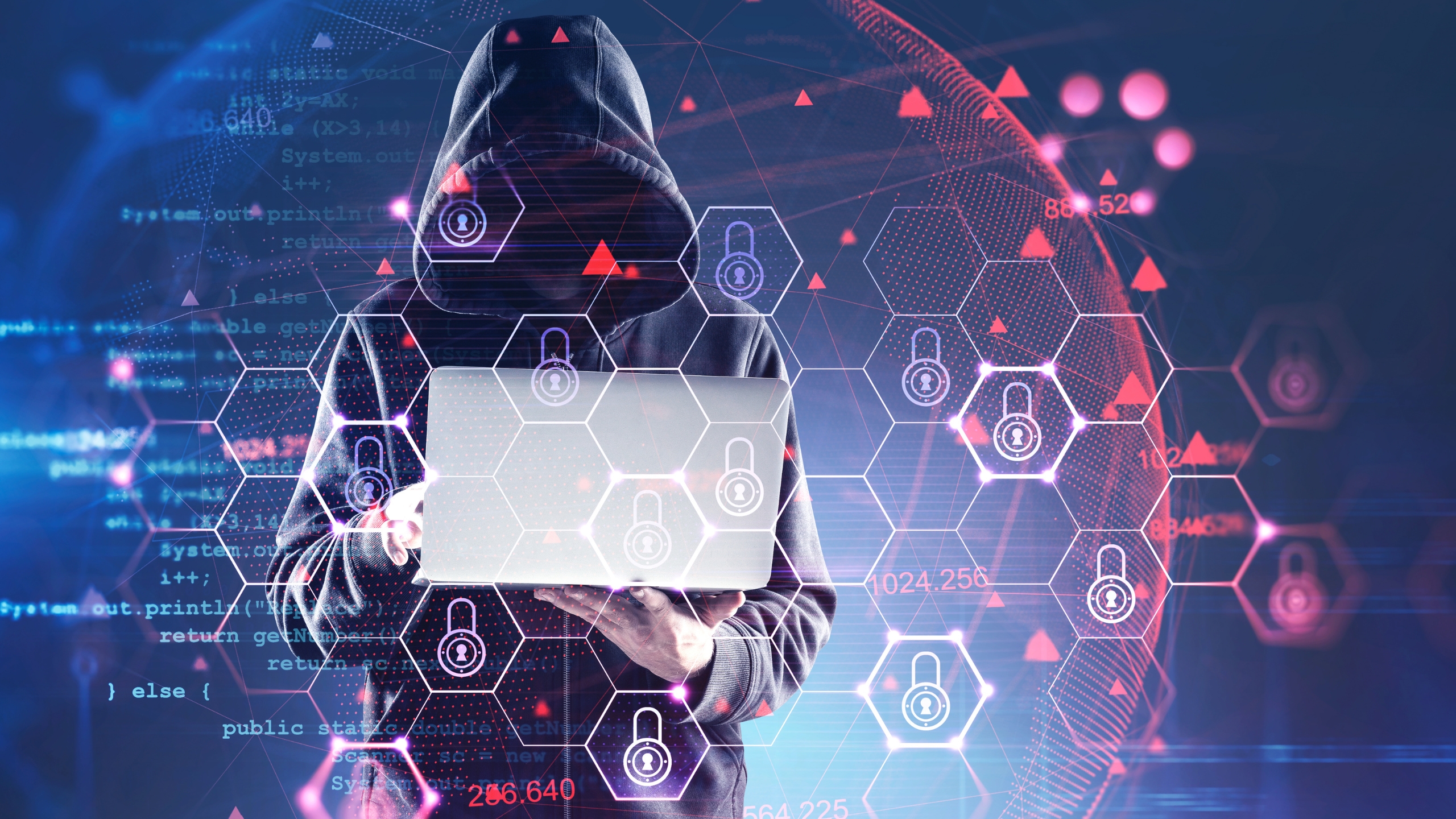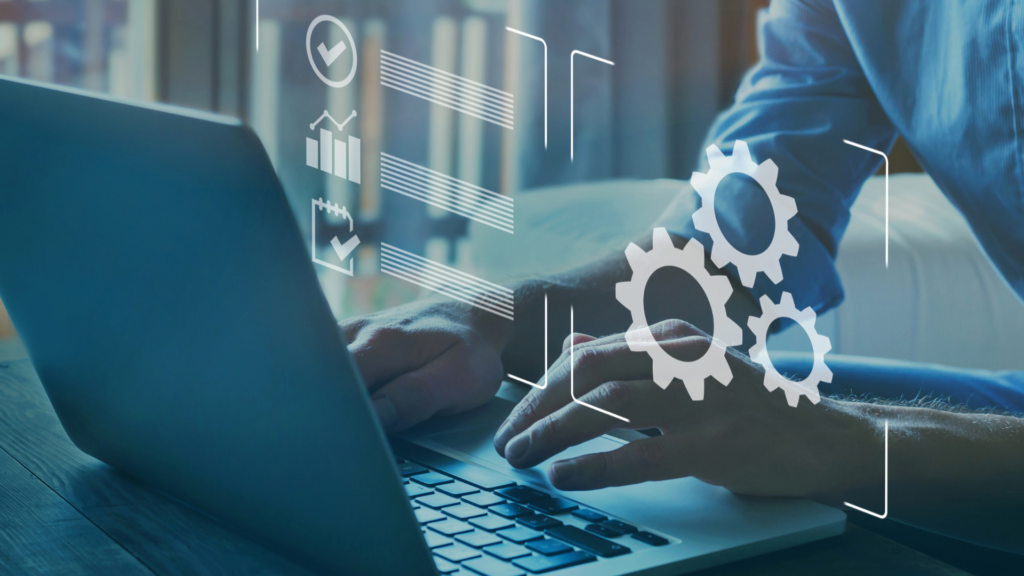Artificial Intelligence has been enhancing the cybersecurity industry for years. With the changes in technology and innovation, the risk of artificial intelligence to cyber security is expected to increase. You can use a number of deepfake tools to create fake audio tracks with very little training data.
For example, machine learning tools have made fraud detection software more potent by finding anomalies much faster than human beings. Brute force, denial of service, and social engineering attacks are some examples of threats utilizing AI.
As AI tools are becoming more sophisticated they can be used to pose cybersecurity risks. They can generate new risks like:
- Compliance Violations
- Outsourcing or losing human oversight for decisions
- Reputation or brand impacts
- Copyright or licensing violations
- Incorrect or biased outputs
- Vulnerabilities in AI-generated code
What is artificial intelligence?
Artificial Intelligence refers to the process of development of computer systems that help in performing tasks in an easier manner without the intervention of human intelligence. The process includes creating algorithms and models to enable machines to recognize patterns and adapt new information or situations.
One of the subsets of AI is machine learning which allows systems to learn data and make decisions in an easier manner. ChatGPT is one of the major examples of AI that uses ML to understand and respond to human-generate prompts.
What are the main risks of AI in cyber security:
AI can be used for both good and malicious processes. Some of AI tools are designed to commit fraud, scams, and other type of cyber crimes. Let us see the main risks of AI in cyber security:
- Cyber attack optimization: There are different kinds of AI and large language models used to scale up cyber attack operations at unseen levels of speed. This kind of AI tool may take advantage of geopolitical tensions for advanced attacks and may use different kinds of phishing attack techniques.
- Reputational Damage: Any kind of organization that makes the best use of AI can suffer from reputational damage that can lead to cyber security breaches, which can result in loss of data. Such organizations may face fines, civil penalties, and deteriorating customer relationships.
- Impersonation: AI-powered tools are helping filmmakers to trick audiences. For example in the documentary Roadrunner, late celebrity chef Anthony Bourdain’s voice was created with AI-generated audio. Generative AI produces text in the voice of different leaders and cybercriminals often run different kinds of fraudulent giveaways, and donations through mediums like email or other social media platforms like Twitter.
- Data Manipulation: AI can be vulnerable to data manipulation. An attacker could poison a training dataset and such kind of attacks can harm industries related to healthcare, automotive, and transportation.
- AI Privacy Risks: With the usage of AI, there have been major privacy issues as well and hackers can access different kinds of sensitive information. Any kind of AI system designed for marketing, advertising, and profiling can also be hacked.
- Physical Safety: As the systems are developed there is a risk of artificial intelligence to physical safety. For example, the dataset for maintenance tools used at construction sites could be manipulated by hackers to create hazardous conditions.
How to protect yourself from AI cyber security risks?
There are certain ways for both individuals and organizations to protect themselves from AI cyber security risks. Here are some of the pointers.
- Audit any AI system: Any individual or organization should audit their AI system in a regular manner to avoid any kind of risks. Auditing can be done with the help of experts who can conduct vulnerability assessments and system reviews.
- Data Security: As mentioned earlier, if the data is modified, AI can deliver dangerous results. In order to protect AI from data poisoning, organizations should invest in cutting-edge encryption, access control, and backup technology. The networks should further be secured with detection systems and sophisticated passwords.
- Adversarial Training: Adversarial Training is known to be an AI-specific security measure that helps AI respond to different kinds of attacks. This machine-learning method helps to improve the resilience of AI models by exposing them to different scenarios, data, and techniques.
- AI incident response: Despite having the best security measures, your organization may suffer AI-related cyber security attacks as the risk of artificial intelligence is growing day by day. You should have a clearly outlined response plan that covers containment, investigation, and remediation to recover from such an event.
Conclusion
It is important for the organization and individual to protect their organization from the AI breach in cyber security that will help them to protect the data. As companies may adopt different kinds of business strategies for new AI capabilities, they should also adopt different risk mitigation strategies. Cybersecurity and data privacy are important part of mitigating AI risks.



